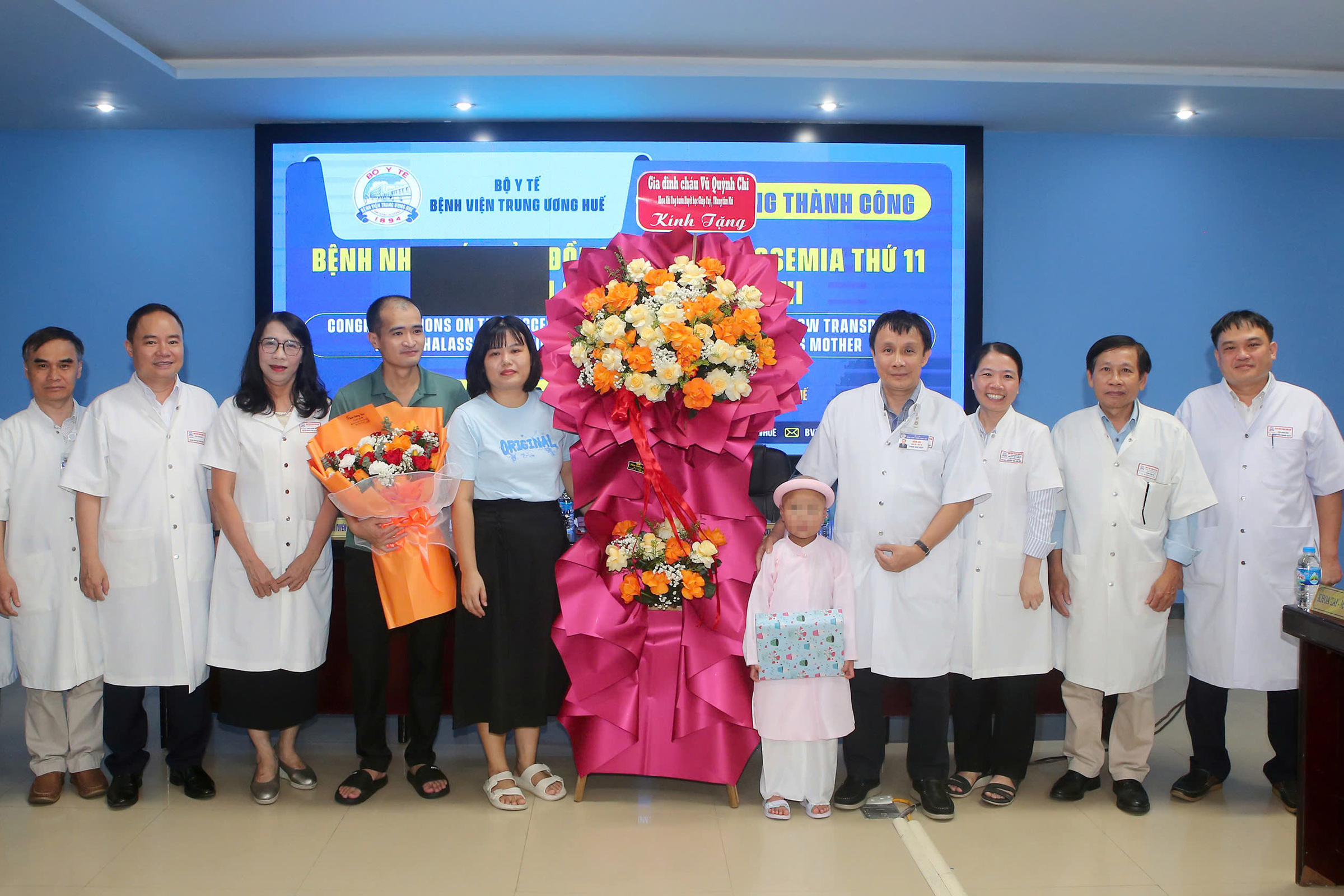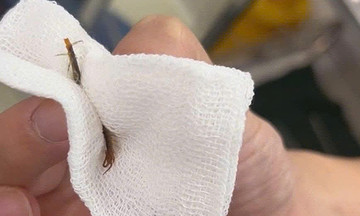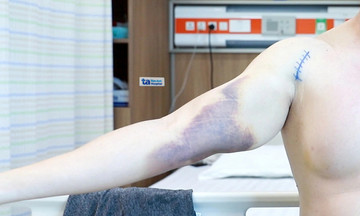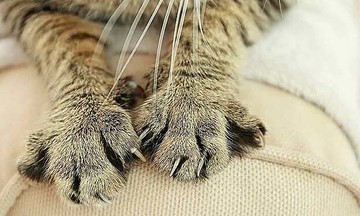The girl was discharged from Hue Central Hospital on September 8th after nearly a month of post-transplant care.
 |
The 6-year-old patient leaves the hospital after a successful bone marrow transplant. Photo: Lan Huong
Diagnosed with beta-thalassemia at 6 months old, the girl required monthly blood transfusions. She has been undergoing iron chelation therapy since the age of 3.
An MRI scan of her liver revealed moderate iron overload. HLA typing showed an 11/12 match with her mother. Doctors at Hue Central Hospital, along with specialists from Italy, decided to proceed with a bone marrow transplant from the mother.
Following the transplant, the patient experienced complications including infection, bladder hemorrhage, and minor skin lesions. Her condition gradually improved, with platelet and granulocyte counts recovering on days 20 and 24, respectively. After 28 days, she was discharged.
"This was a unique case because the child has blood type A and her mother has blood type AB. It's the first thalassemia bone marrow transplant in Vietnam using the mother as a donor," a Hue Central Hospital representative said. Genetically, there’s a 20% chance of HLA compatibility between siblings. However, only 5% of children have an HLA match with a parent. For thalassemia transplants from a parent, doctors use a different conditioning regimen than for transplants from siblings.
Thalassemia is a common inherited blood disorder, with 2,000 to 2,500 children in Vietnam diagnosed with severe forms each year. Treatment involves lifelong blood transfusions and iron chelation, which can lead to complications affecting the heart, liver, kidneys, endocrine system, bones, and overall physical and mental development. The lives of these children are often centered around hospitals, placing a burden on families and society.
Vo Thanh












